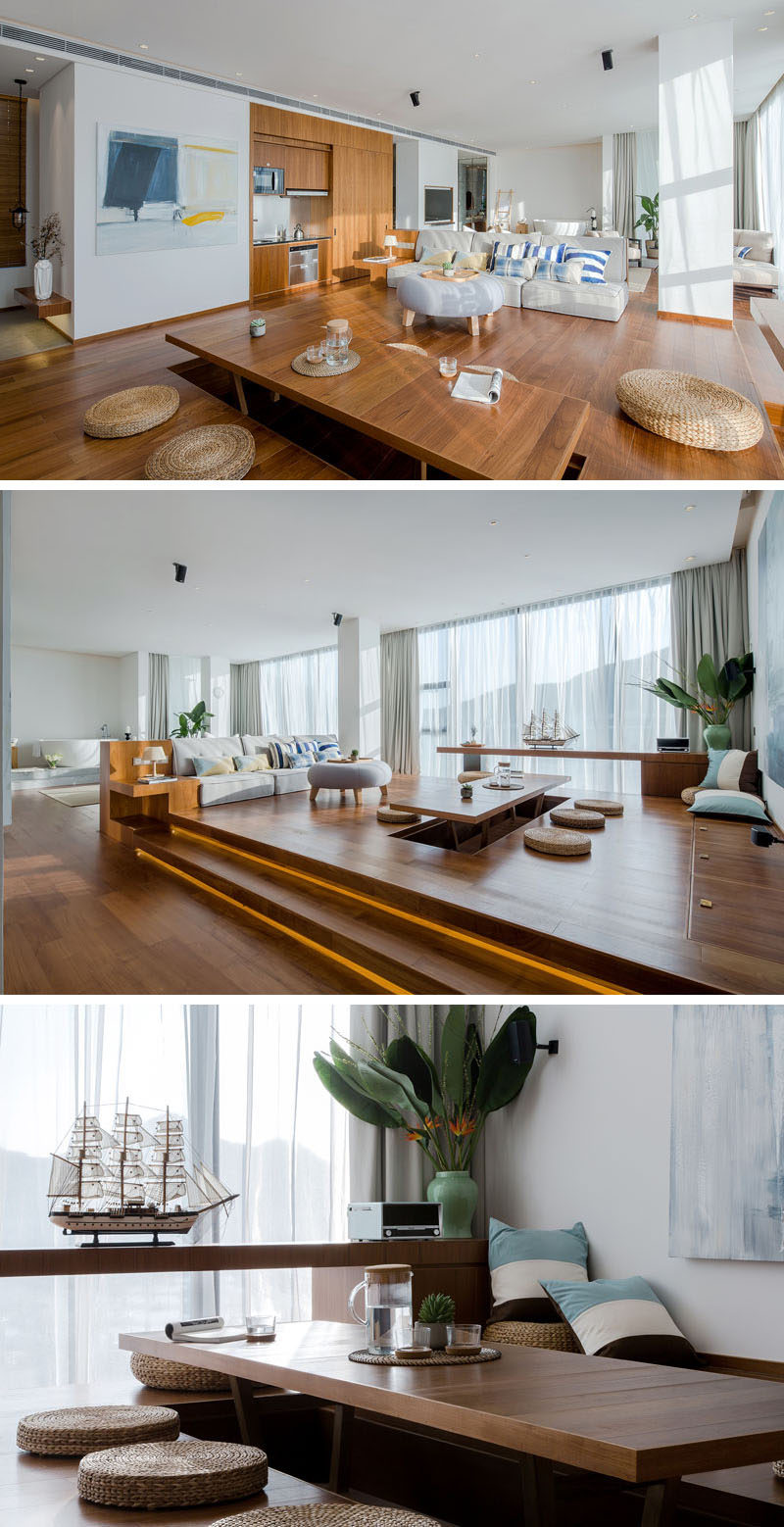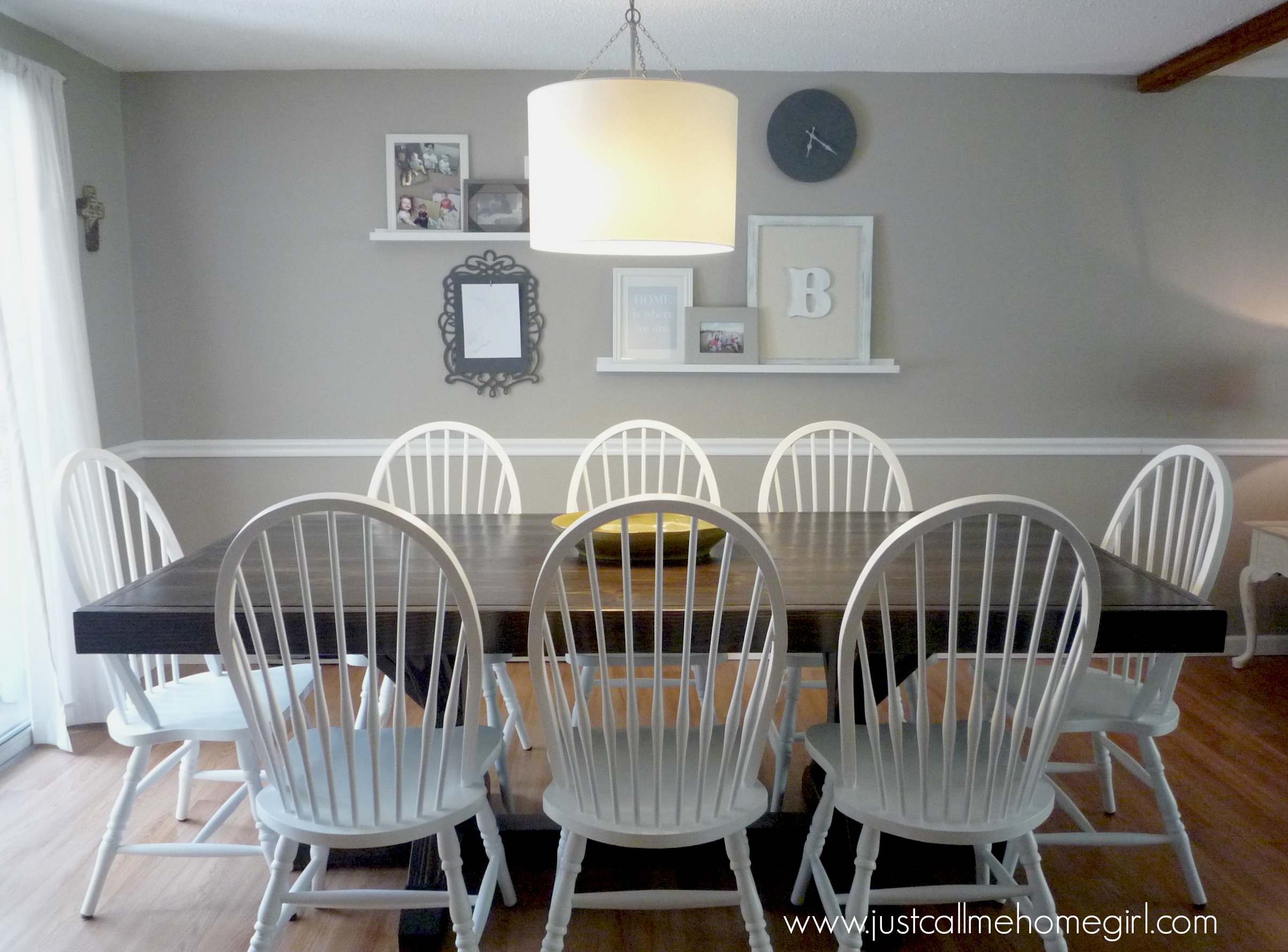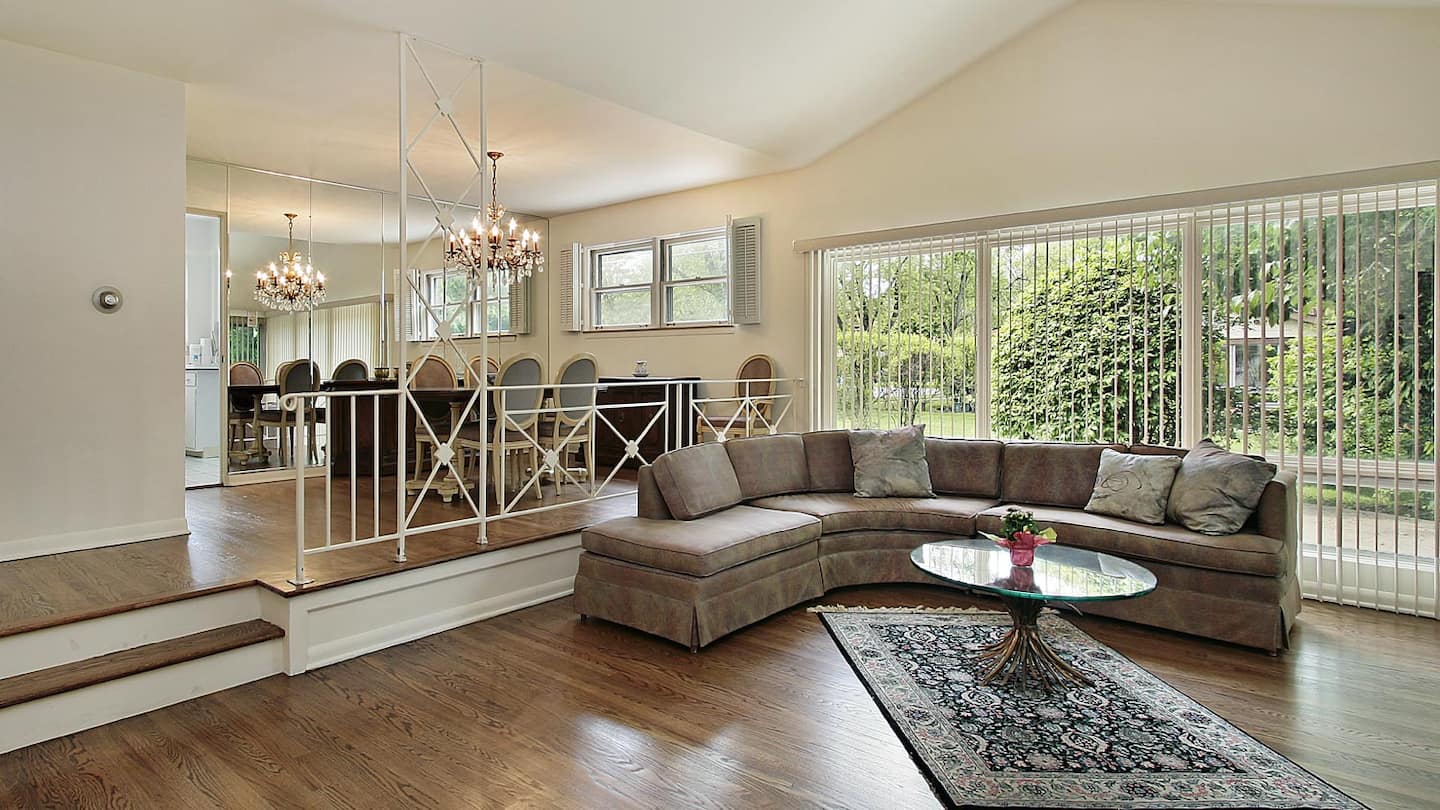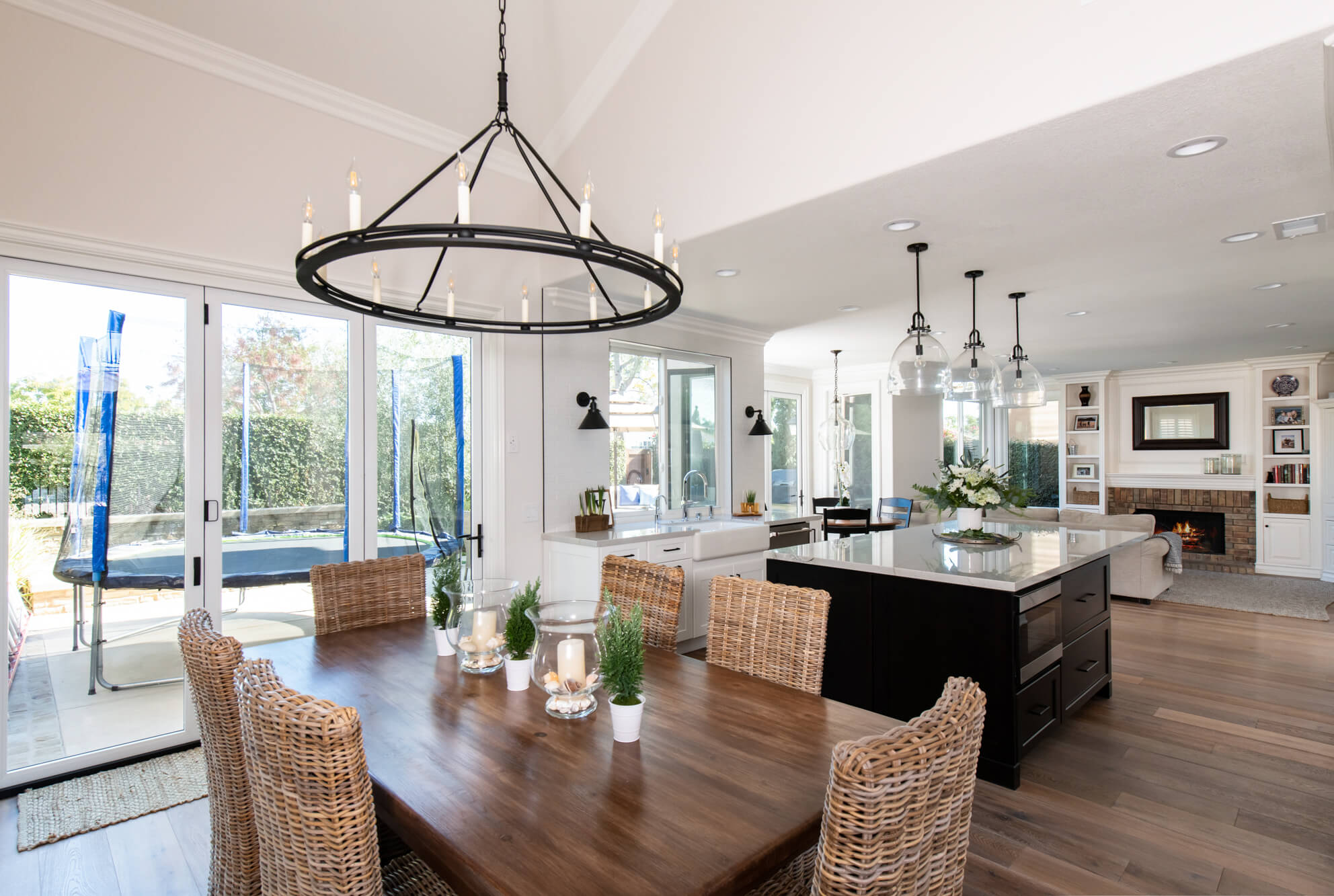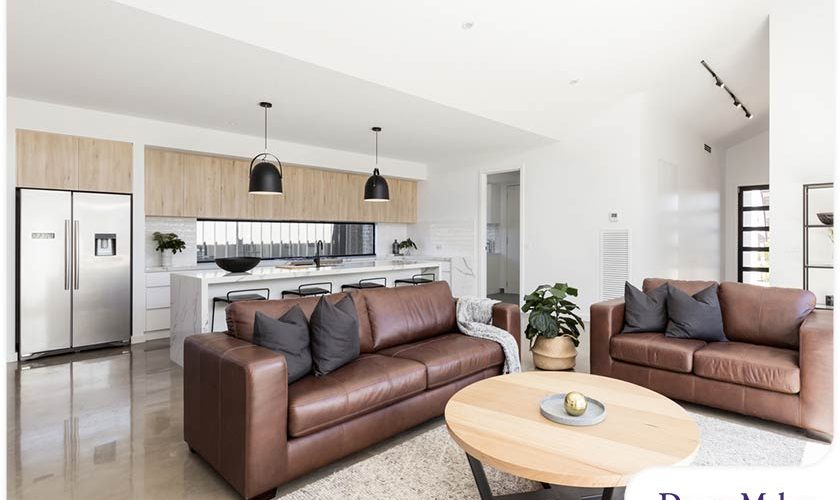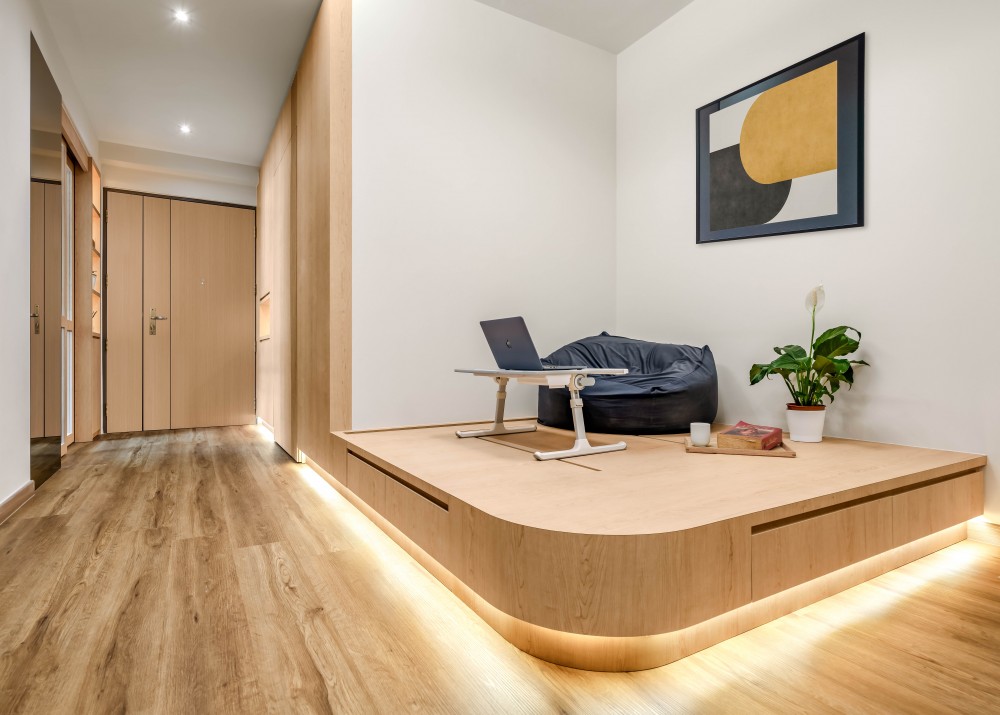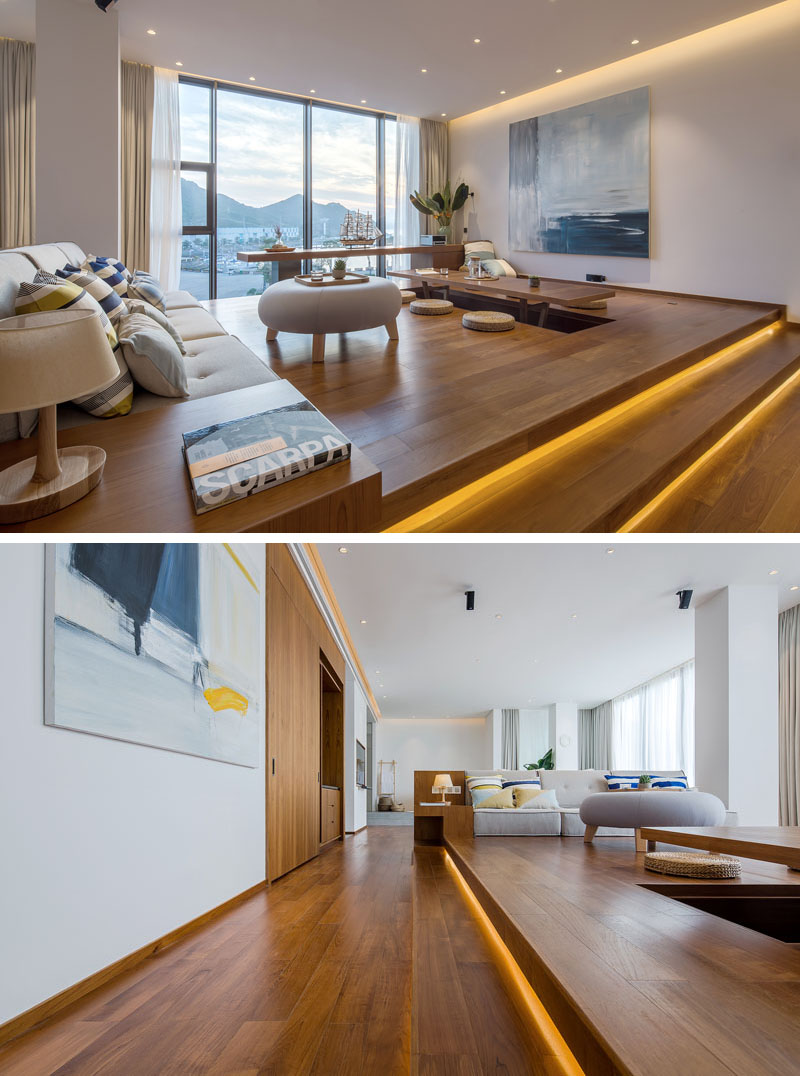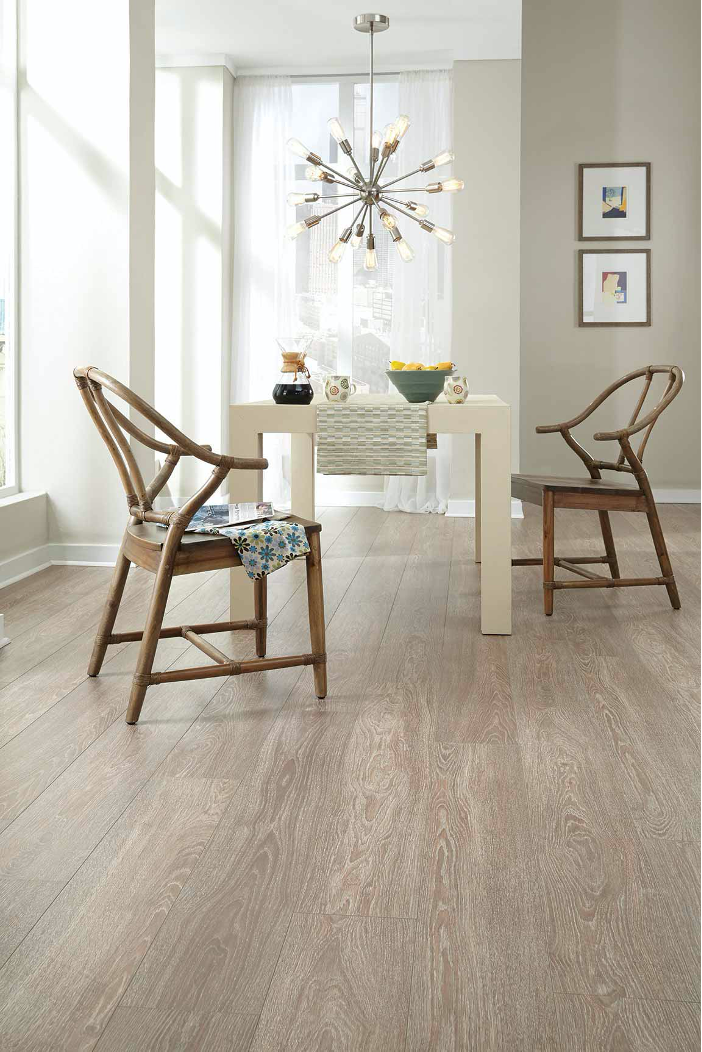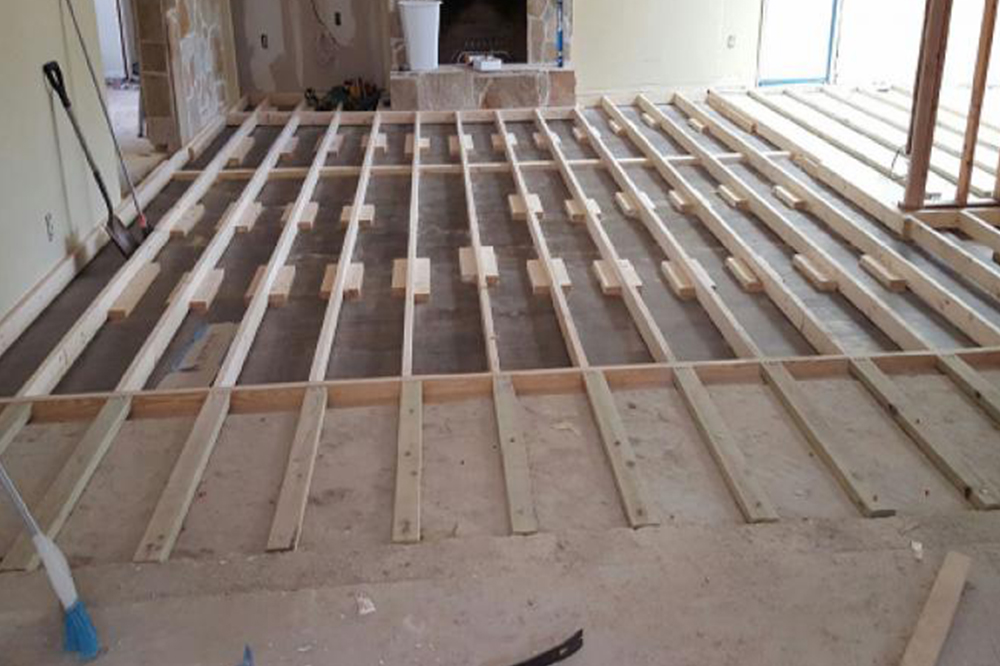Are you looking to add a unique touch to your dining room? Why not consider a raised dining room floor? This unconventional design feature can add depth and visual interest to your space. Here are ten ideas to inspire your raised dining room floor design.Raised dining room floor ideas
Before jumping into the design ideas, it's essential to understand the process of raising a dining room floor. First, you will need to decide on the height of the raised floor, which can vary depending on personal preference and the existing layout of your home. Next, you will need to hire a contractor to remove the existing flooring and build a subfloor to support the raised section. Finally, the new flooring can be installed on top of the subfloor, creating a seamless transition between the two levels.How to raise a dining room floor
The construction of a raised dining room floor is a significant undertaking and should only be done by a professional contractor. The process involves removing the existing flooring, building a sturdy subfloor, and installing new flooring on top. It's essential to ensure that the subfloor is level and able to support the raised section, as it will bear the weight of furniture and foot traffic.Raised dining room floor construction
As with any design feature, there are pros and cons to consider before deciding to add a raised dining room floor. On the plus side, a raised floor can add depth and visual interest to your space, making it a focal point in the room. It can also create a sense of separation between the dining area and the rest of the room. However, a raised floor can also be a tripping hazard and may not be suitable for households with young children or elderly individuals.Pros and cons of a raised dining room floor
The cost of a raised dining room floor will vary depending on the size and complexity of the project. On average, homeowners can expect to pay between $500-$2,000 for materials and labor. It's essential to get quotes from multiple contractors and factor in any additional costs, such as removing and disposing of the existing flooring.Raised dining room floor cost
There are numerous design options for a raised dining room floor. You can choose to have the entire dining area elevated or have a smaller section raised, creating a platform for the dining table. You can also opt for different types of flooring, such as hardwood, tile, or carpet, to create contrast and add texture to the space. The possibilities are endless, so let your creativity run wild.Raised dining room floor design
The installation process for a raised dining room floor will depend on the type of flooring you choose. Hardwood and tile will require professional installation, whereas carpet can be installed by a homeowner with basic DIY skills. It's essential to follow the manufacturer's instructions and hire a professional if you are unsure of how to install the flooring properly.Raised dining room floor installation
As mentioned, there are various flooring options to choose from when it comes to a raised dining room floor. Hardwood and tile are popular choices as they are durable and easy to clean. Carpet can add warmth and comfort to the space, and there are also eco-friendly options such as bamboo or cork flooring. Consider the style and function of your dining room when choosing the best flooring material.Raised dining room floor materials
The height of your raised dining room floor will depend on personal preference and the existing layout of your home. However, it's essential to consider the function of the space when determining the height. If the raised floor will also serve as a platform for the dining table, it should be high enough to allow chairs to slide in and out comfortably. On average, raised dining room floors are 6-12 inches higher than the rest of the room.Raised dining room floor height
When designing your dining room, you may also be considering a sunken floor. While both options can add visual interest and separate the dining area from the rest of the room, there are some key differences. A raised floor can make a space appear larger, while a sunken floor can create a cozy and intimate atmosphere. Consider the overall feel of your dining room when deciding between the two options. In conclusion, a raised dining room floor can be a unique and eye-catching addition to your home. With proper planning and professional installation, it can add value and character to your dining space. Consider the pros and cons and explore different design options to find the perfect raised floor for your home.Raised dining room floor vs sunken
The Benefits of a Raised Dining Room Floor

Enhanced Aesthetic Appeal
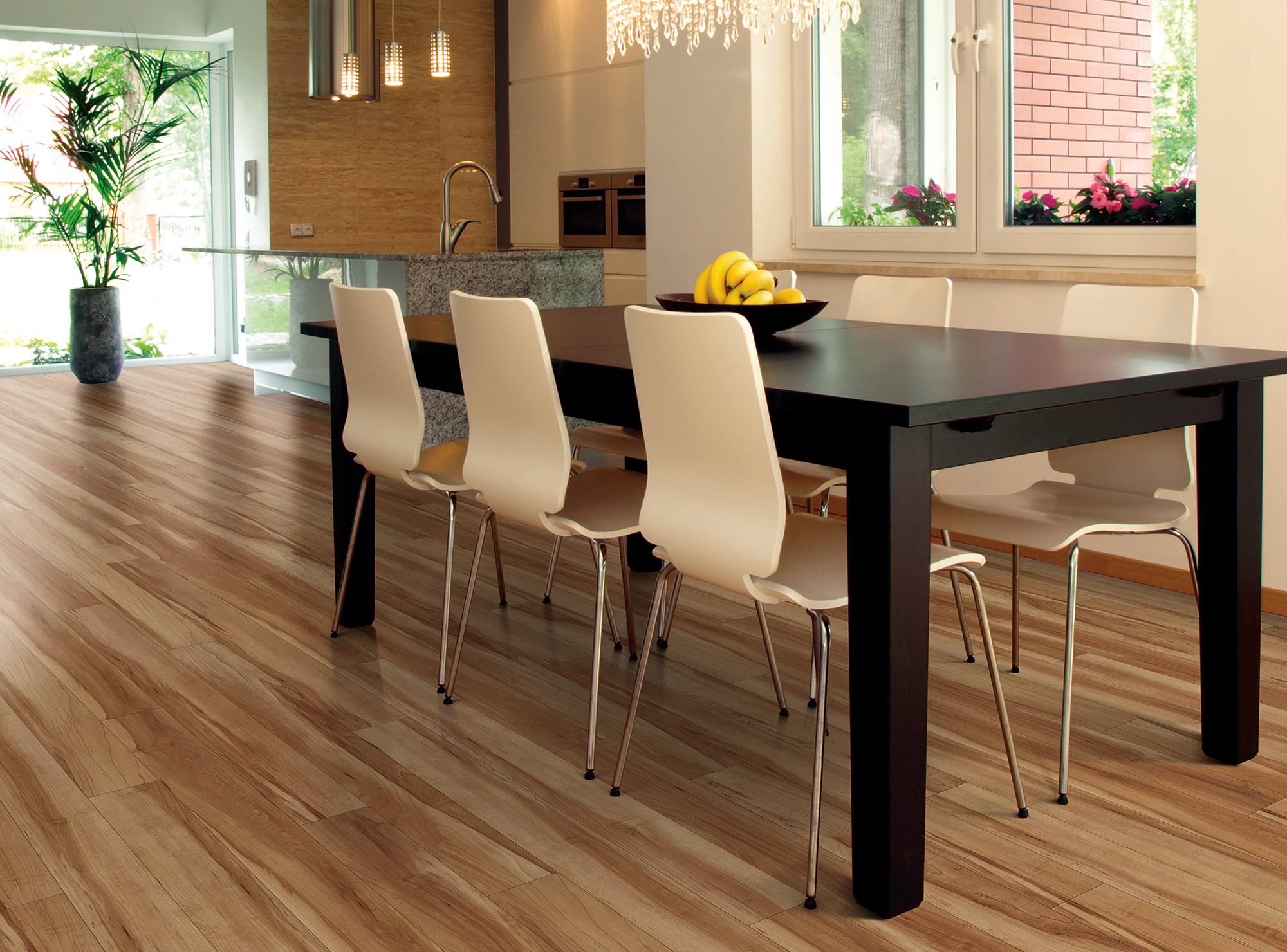 A raised dining room floor can add a unique touch to your home's interior design. By elevating the dining area, you create a sense of separation from the rest of the space, making it feel like its own distinct area. This can be especially beneficial in open floor plans, where defining separate areas can be a challenge. Additionally, the added height can create the illusion of a larger room, making it feel more spacious and inviting.
A raised dining room floor can add a unique touch to your home's interior design. By elevating the dining area, you create a sense of separation from the rest of the space, making it feel like its own distinct area. This can be especially beneficial in open floor plans, where defining separate areas can be a challenge. Additionally, the added height can create the illusion of a larger room, making it feel more spacious and inviting.
Improved Flow and Functionality
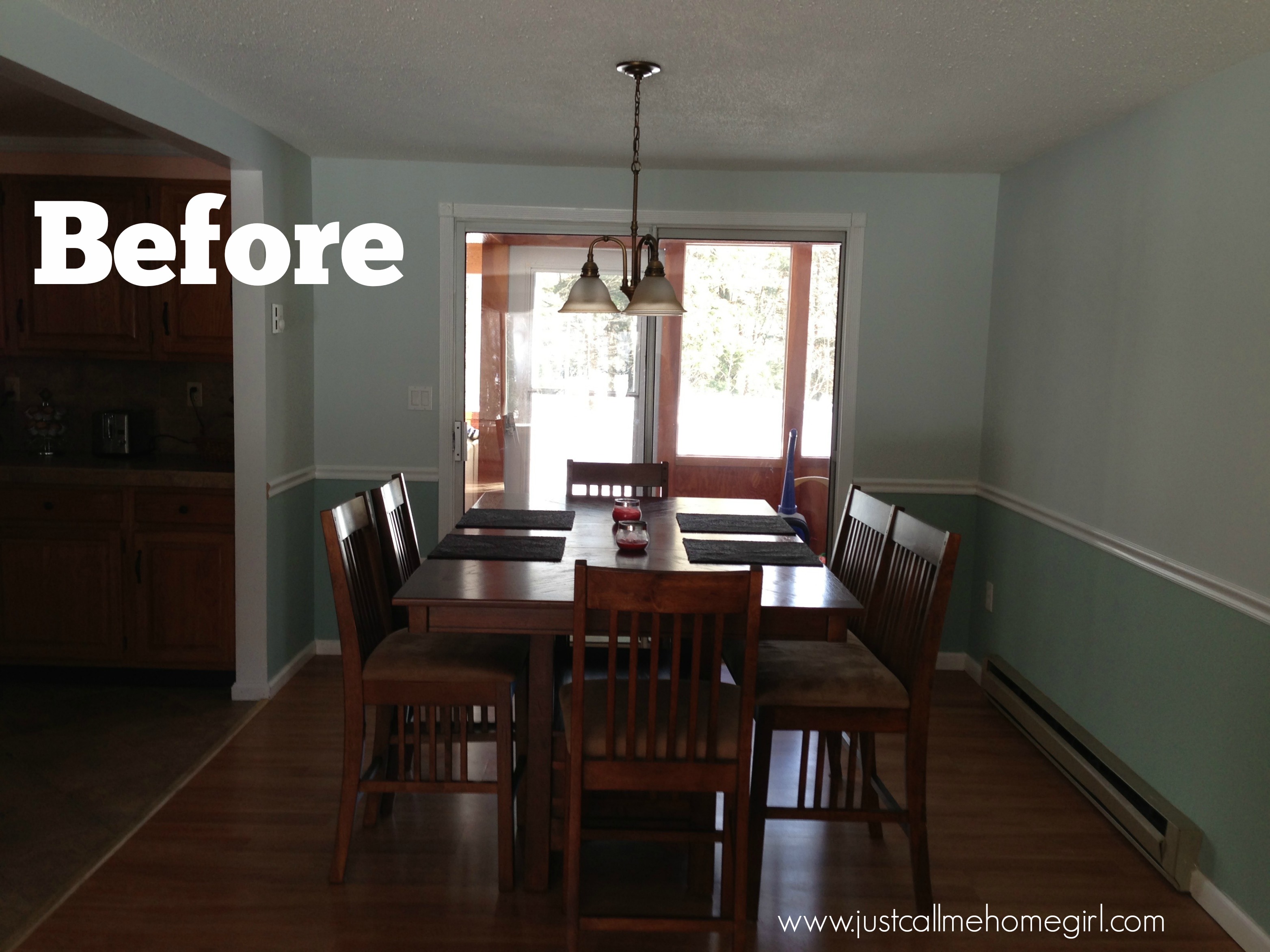 In many traditional homes, the dining room is often on the same level as the rest of the house. However, this can lead to a lack of flow and functionality, as guests may have to navigate through other rooms to reach the dining area. By raising the dining room floor, you create a more fluid and intuitive flow, making it easier for guests to move between rooms. This can also be beneficial for families with young children, as it provides a designated space for meals and activities.
In many traditional homes, the dining room is often on the same level as the rest of the house. However, this can lead to a lack of flow and functionality, as guests may have to navigate through other rooms to reach the dining area. By raising the dining room floor, you create a more fluid and intuitive flow, making it easier for guests to move between rooms. This can also be beneficial for families with young children, as it provides a designated space for meals and activities.
Opportunity for Creative Design
 A raised dining room floor offers endless opportunities for creative design. You can choose to incorporate different materials, such as hardwood, tile, or even a raised platform with built-in seating. This can add texture and visual interest to your dining area, making it a focal point of your home. It also allows for the incorporation of unique lighting fixtures or statement pieces, further enhancing the overall aesthetic appeal of the space.
A raised dining room floor offers endless opportunities for creative design. You can choose to incorporate different materials, such as hardwood, tile, or even a raised platform with built-in seating. This can add texture and visual interest to your dining area, making it a focal point of your home. It also allows for the incorporation of unique lighting fixtures or statement pieces, further enhancing the overall aesthetic appeal of the space.
Increased Privacy
 For those who enjoy entertaining, a raised dining room floor can provide a sense of privacy and intimacy. By elevating the dining area, you create a more secluded space, making it easier for guests to engage in conversation without feeling as though they are in the middle of the main living area. This can be particularly advantageous for formal dinners or special occasions.
In conclusion
, a raised dining room floor offers numerous benefits for homeowners looking to enhance the design and functionality of their homes. With its aesthetic appeal, improved flow and functionality, creative design opportunities, and increased privacy, it is a valuable addition to any house. Consider incorporating a raised dining room floor into your home design to elevate your dining experience.
For those who enjoy entertaining, a raised dining room floor can provide a sense of privacy and intimacy. By elevating the dining area, you create a more secluded space, making it easier for guests to engage in conversation without feeling as though they are in the middle of the main living area. This can be particularly advantageous for formal dinners or special occasions.
In conclusion
, a raised dining room floor offers numerous benefits for homeowners looking to enhance the design and functionality of their homes. With its aesthetic appeal, improved flow and functionality, creative design opportunities, and increased privacy, it is a valuable addition to any house. Consider incorporating a raised dining room floor into your home design to elevate your dining experience.
